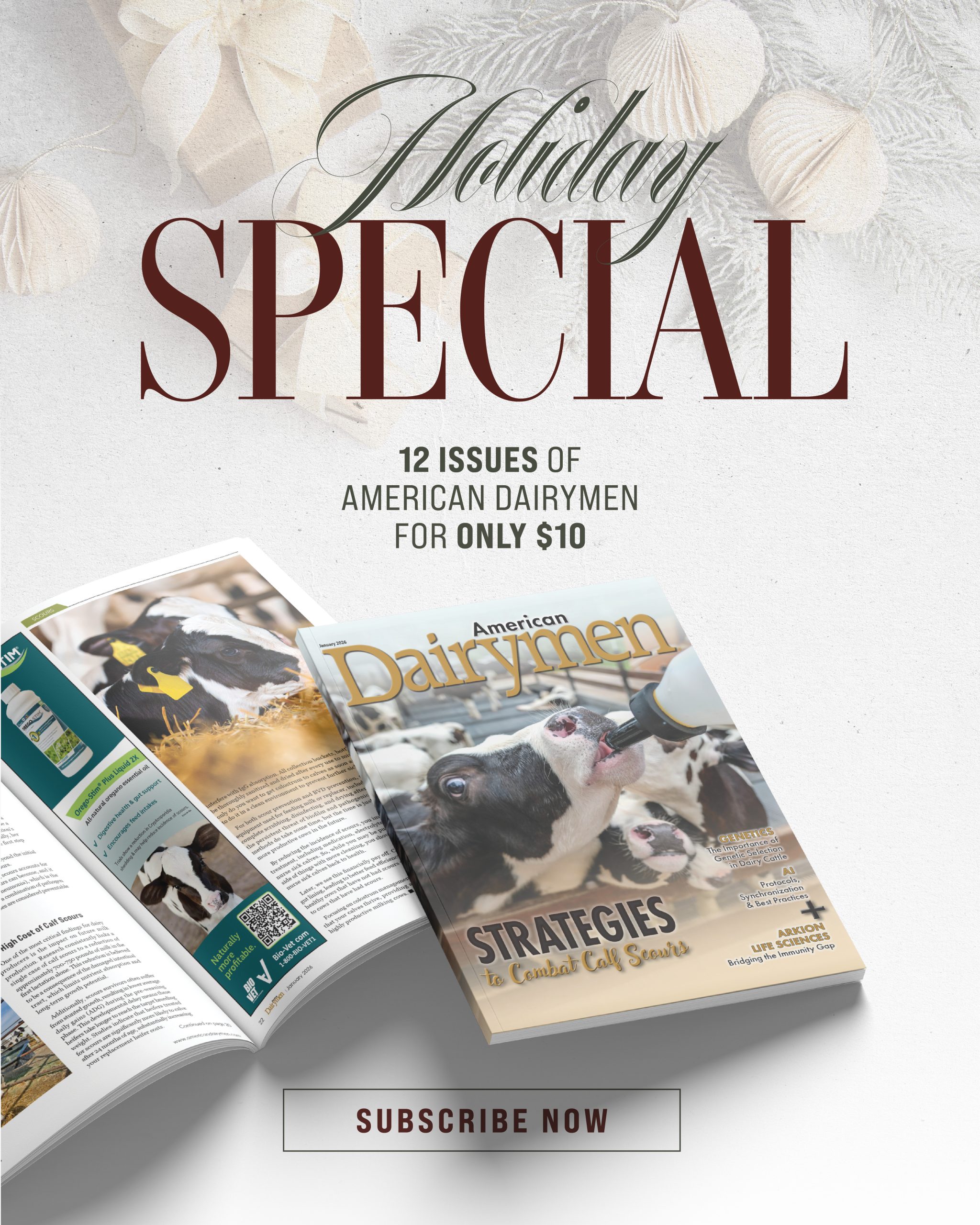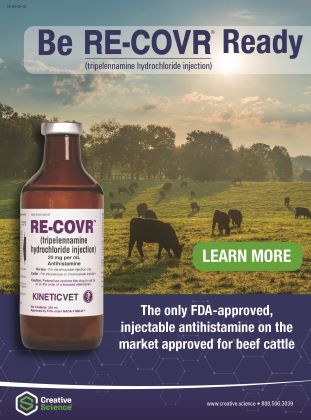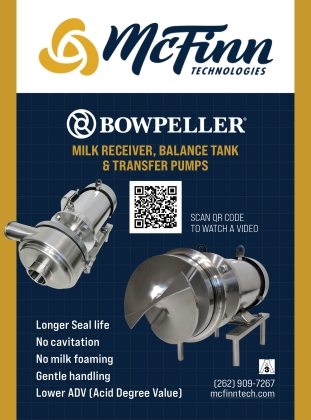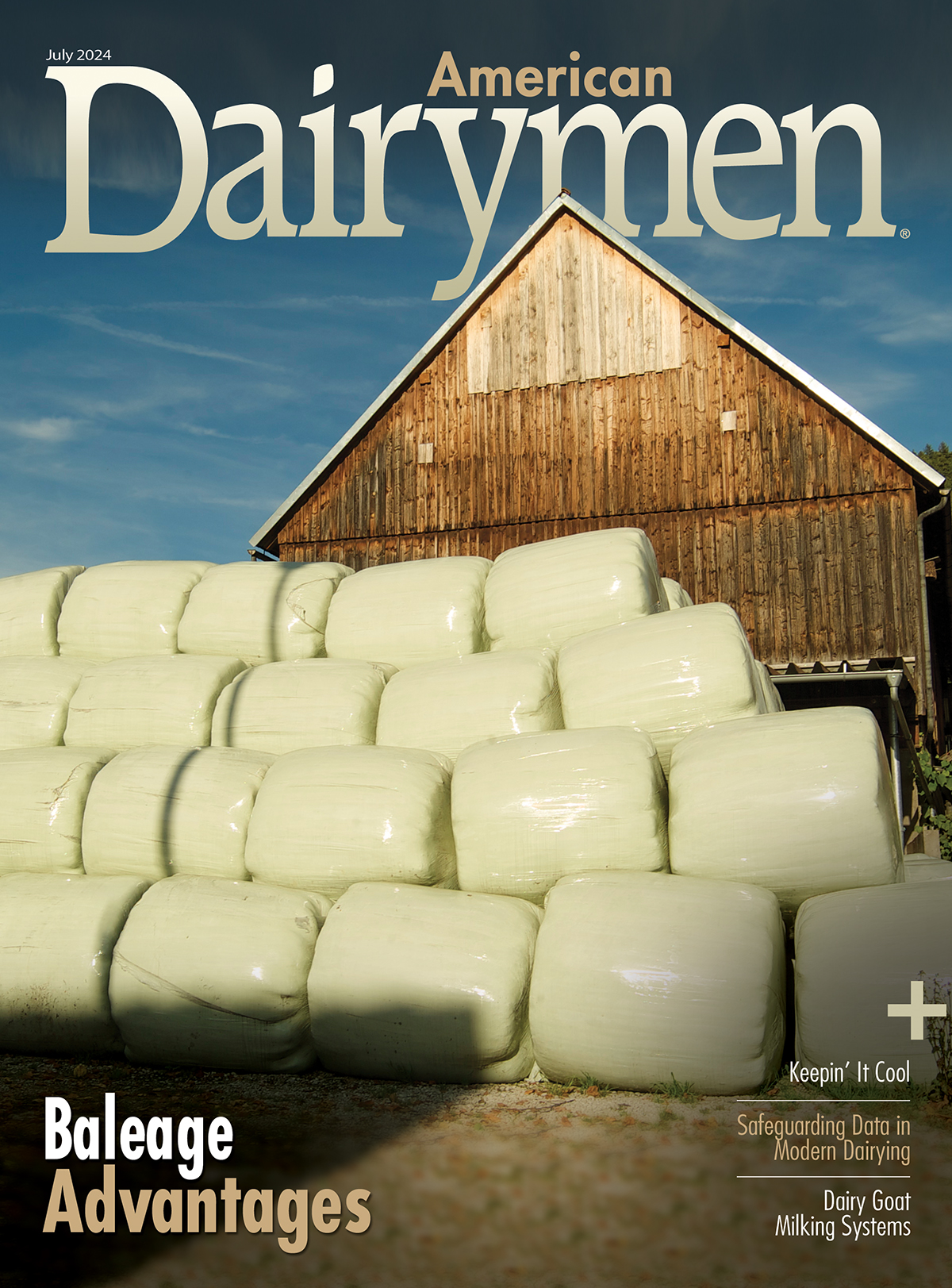Check Out Our Current Issue!


The 6-X Genetics Advantage
Because Great Cows Start with Great Genetics: The 6-X Genetics Advantage In the ever-evolving world of dairy farming, success hinges on a foundation of great cows-cows that are healthy, productive, fertile, and built to thrive in real-world commercial dairy environments. At 6-X Genetics, we believe that great cows start with great genetics. It’s that simple. […]
READ MORE
Advanced Cow Care Powered by Technology
For Summer Butterfield, technology isn’t just about boosting efficiency or productivity – it’s about improving the lives of the animals. Known for her data-driven approach to dairy management, Summer has a history of leveraging herd data to help dairies work smarter – an approach she’s currently using to manage North Star Acres, a 2,000-cow dairy […]
READ MOREGoat Supplements: Everything You Need to Improve Herd Health Goat Supplements
How do you know when you need to add goat supplements into the diet of your herd? Goats will eat just about anything, right? It’s a common misconception that goats will devour anything that’s not nailed down, including tin cans, paper, and articles of clothing. While it’s true that goats will nibble on almost everything […]
READ MORE
Maintaining Udder Health with Teat Dips and Sealants
While parlor routines often focus on lactating cows, overall teat health, whether we are dealing with lactating or dry cows, should always be a top priority. Lactating cows rely on proper pre- and post-dipping for hygiene, while dry cows benefit from internal sealants and continued cleanliness. Framing udder care as a continuous process, not just […]
READ MOREFeatured Story
Regenerative Agriculture on a Dairy Farm
Paul and Erin Kernaleguen are dairy farmers and soil consultants near Birch Hills, Saskatchewan, committed to regenerative practices in growing forage for their cattle. They farm with Paul’s Parents, Jos and Brenda.
“We were a very conventional dairy operation until 2012 when we started looking at doing some things differently because our weather was super-wet for a couple years. Our average annual precipitation is about 12 inches of moisture, but we’d had two years in a row with about 40 to 50 inches, which made farming extremely difficult!” says Paul.
Twin Rivers Media
Publisher of American Cattlemen and American Dairymen magazines. Founded over 30 years ago, Twin Rivers Media serves the information and marketing needs of America’s beef and dairy producers.
In addition to our industry leading print magazines, Twin Rivers Media is a comprehensive multi-media communications company reaching producers and suppliers across all media channels.







